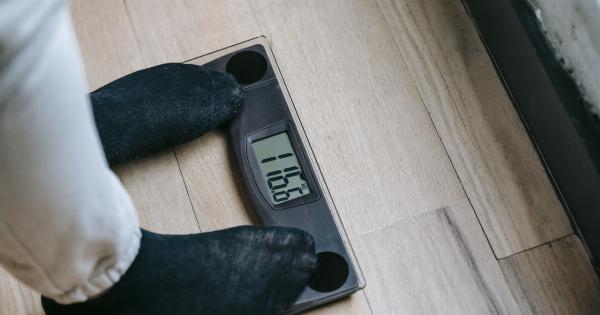Pilates is a mind-body exercise system designed to improve flexibility, strength, and body awareness. Developed by Joseph Pilates in the early 20th century, Pilates focuses on core stability, alignment, and controlled movements.
It has gained popularity in recent years for its ability to improve whole-body wellness through its unique combination of stretching and strengthening exercises.
The Principles of Pilates
Before diving into the benefits of Pilates, it’s important to understand the principles that guide this exercise method:.
1. Concentration: Pilates encourages mental focus and concentration to achieve maximum benefits.
2. Centering: Pilates emphasizes the use of the body’s core muscles, known as the powerhouse, which includes the abdominals, lower back, hips, and glutes.
3. Control: Pilates exercises are performed with precision and control to develop stability and coordination.
4. Precision: Each movement in Pilates is performed with proper form and alignment to ensure effective results.
5. Breath: Proper breathing techniques are important in Pilates to improve oxygen flow and enhance relaxation.
6. Flow: Pilates exercises are meant to flow seamlessly from one movement to the next, promoting fluidity and grace.
The Benefits of Pilates
Pilates offers numerous benefits for whole-body wellness. Some of the key advantages of practicing Pilates regularly include:.
Improved Flexibility
Pilates helps improve flexibility by lengthening and stretching the muscles. The exercises target both major and minor muscle groups, promoting increased joint range of motion and improved overall flexibility.
Regular Pilates practice can lead to greater freedom of movement and reduced muscle tension.
Enhanced Core Stability
The core muscles play a vital role in maintaining proper body alignment and stability. Pilates exercises target the core muscles, helping to strengthen and stabilize the abdominals, back, and pelvic floor.
A strong core not only improves posture and balance but also helps prevent injuries and alleviate back pain.
Increased Strength
Pilates is a full-body workout that targets multiple muscle groups simultaneously. The exercises utilize resistance and body weight to build strength and endurance.
With consistent practice, Pilates can lead to increased muscular strength, particularly in the core, arms, legs, and glutes.
Better Posture
Poor posture can lead to various musculoskeletal issues, including back pain, headaches, and reduced mobility. Pilates focuses on strengthening the muscles responsible for maintaining proper posture, such as the deep abdominals and upper back muscles.
Regular Pilates practice can help correct imbalances, improve spine alignment, and promote better posture.
Reduced Stress and Improved Mental Wellbeing
Pilates incorporates breathing techniques and mindful movement, which can help reduce stress and promote relaxation. The concentration and focus required during Pilates workouts can also improve mental clarity and overall well-being.
Additionally, the low-impact nature of Pilates makes it suitable for individuals of all fitness levels and ages.
Injury Prevention and Rehabilitation
Due to its focus on core strength and stability, Pilates is often recommended for injury prevention and rehabilitation.
Many healthcare professionals, including physical therapists and chiropractors, incorporate Pilates exercises into their treatment plans to aid in injury recovery and prevent future recurrences.
Improved Athletic Performance
Pilates can benefit athletes by improving their overall strength, flexibility, and coordination. The exercises can complement other forms of training and help athletes achieve optimal performance.
Pilates can also aid in injury prevention, allowing athletes to train more effectively and efficiently.
Body Awareness
Pilates promotes body awareness and helps individuals develop a better understanding of how their bodies move. Through Pilates exercises, individuals gain a heightened sense of body control and learn to move more efficiently.
This increased body awareness can carry over into everyday activities and lead to improved balance and coordination.
Long-Term Health and Wellbeing
By improving flexibility, core stability, strength, posture, and mental well-being, Pilates contributes to long-term health and overall well-being.
Regular Pilates practice can help individuals maintain a fit and functional body throughout their lives and reduce the risk of developing common age-related conditions such as osteoporosis and arthritis.
Conclusion
Pilates offers a holistic approach to fitness and wellness by combining flexibility, core stability, strength, and mental focus.
Whether you’re a beginner or a seasoned fitness enthusiast, Pilates can help improve your overall well-being and enhance your quality of life. By practicing Pilates regularly, you can achieve a balanced and functional body that supports you in all areas of life.































